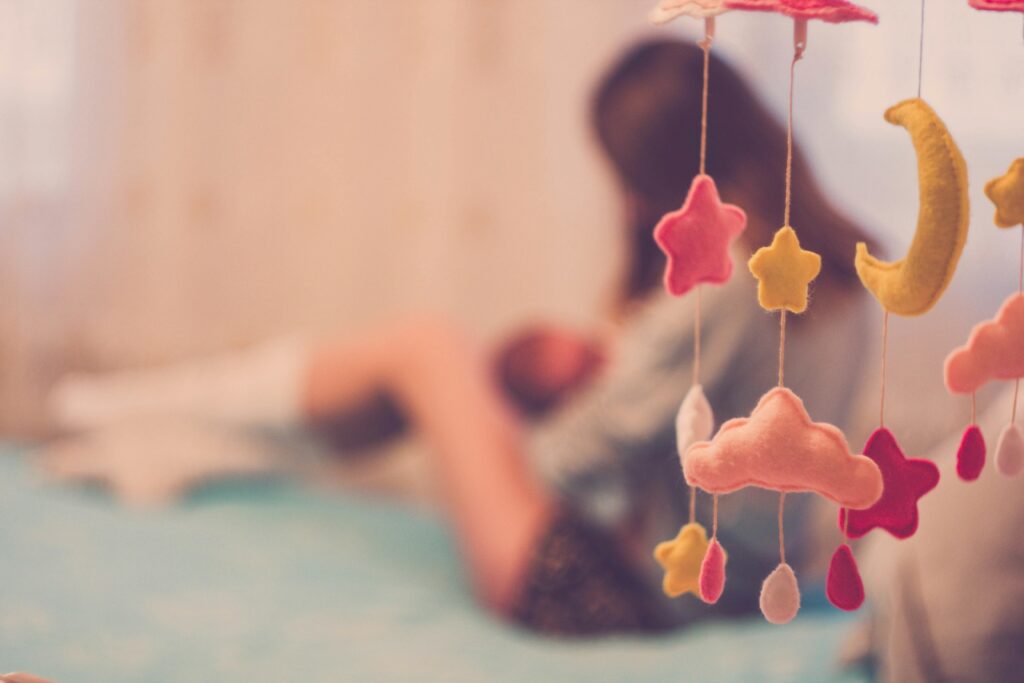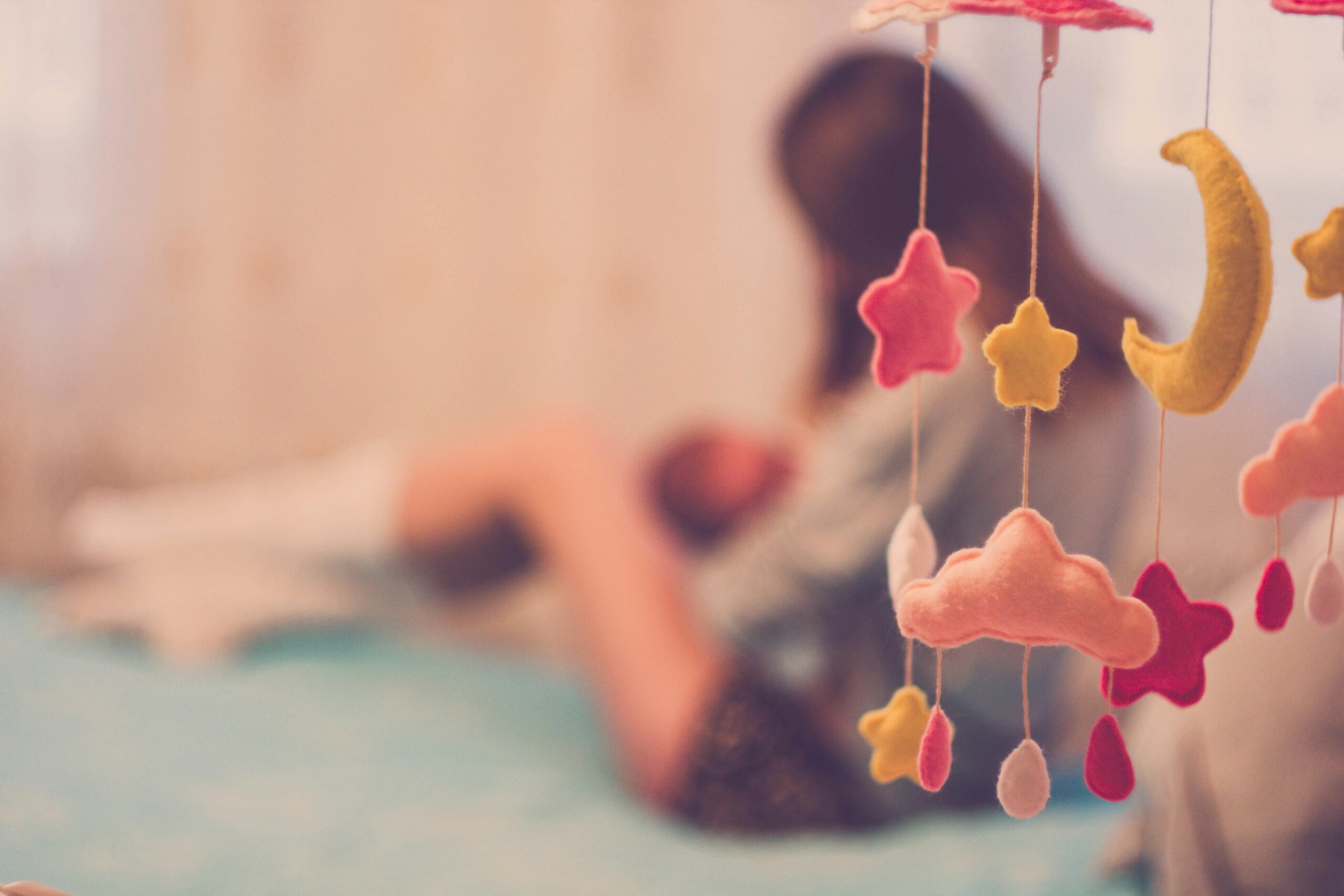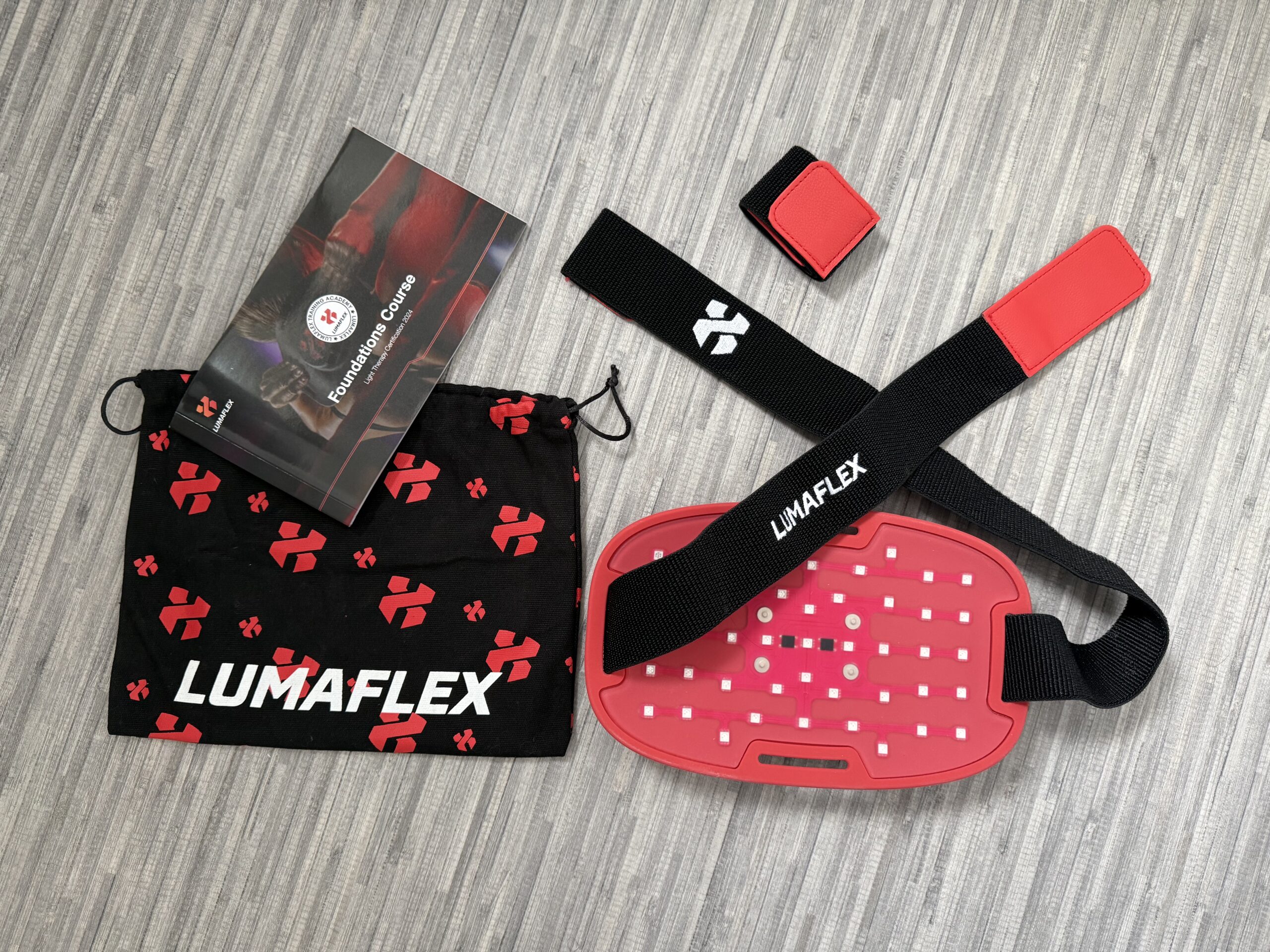Welcome Your Newborn Home With a Blend of Style and Functionality
Bringing your newborn baby home is one of the most exciting times of your life—and one of its biggest transitions. Between getting to know the newest member of your family, making sure everything is perfect, and preparing for sleepless nights, the process can feel rather overwhelming.
But you can make those first few weeks a lot smoother with thoughtful planning ahead of time. Think about your ideal scenario and then design a home for you and your baby that supports that. A beautiful space that’s also efficient, and personalized to your family’s needs.

A Nursery That Grows With Your Baby
Baby gear can be expensive, and they outgrow things really fast. Instead of filling your nursery with single-use items, choose versatile products and furniture that can adapt as they grow.
A few examples of versatility include:
- A crib that converts into a toddler bed
- A dresser with a changing table you can remove
- A rocking chair that can be used as a reading space later
When it comes to color, go for neutral palettes to which you can easily add accents suited to different stages of your baby’s first few years. The same goes for decor—a timeless aesthetic will keep the space looking and feeling relevant for longer.
Remember that a room designed with longevity in mind will save money and remain stylish way past the infant stage.
Organizing Without Clutter
For very tiny humans, newborns’ things take up an awful lot of space. Diapers, bottles, swaddles, oh, my! It can feel like there’s no end to the amount of clothing, toys, and baby care products you have.
Grand View Research conducted a study that showed the market size for children’s furniture was $13 billion and expected to reach a staggering $49 billion by 2030. There’s no doubt you’ll be able to find a few choice items to decorate your baby’s first room.
But keep in mind: A functional nursery should make everything easily accessible, while keeping the room visually calming. This is for your benefit as much as your baby’s. Overstimulation isn’t good at any age.
- Use cute baskets and bins to organize the essentials
- Make use of vertical storage, like wall-mounted shelves
- Choose furniture that doubles as extra space to keep things out of sight, like a storage ottoman
If your space is well-organized, it’ll make those diaper changes at two in the morning a lot smoother. An added bonus is a nursery that doesn’t feel chaotic or random.
To make the room clutter-proof, adopt the one-in, one-out rule. For every baby item you receive, donate or store something that you’re no longer using.
Baby Tech for Style and Convenience
Parents today have access to technology for a smart nursery that not only makes life easier, but does it without compromising the aesthetics of your nursery.
- High-tech bassinets that gently rock to soothe your baby
- Wi-Fi baby monitors that track your baby’s breathing and sleep
- Bottle warmers that keep milk at the perfect temperature
- Feeding monitors attached to bottles and provide data
While technology adds convenience, safety should always come first—especially with regard to feeding.
Some parents go the route of bottle-feeding formula, either by choice or out of necessity. For example, hospitals use baby formula for premature infants in neonatal intensive care units (NICU).
However, recent developments suggest a possible link between these cow’s milk-based formulas and an increased risk of NEC (necrotizing enterocolitis) in premature babies. The Similac lawsuit is a case in point that’s drawn attention to families affected by NEC, as well as the emotional toll it’s taken.
The condition has traumatic effects on the gastrointestinal tract of preterm infants and those with low birth weight. According to TorHoerman Law, families are facing immense emotional and financial strain because of the manufacturer’s failure to provide clear warnings about the risks.
It’s therefore vital that parents do their research before choosing a baby formula. As always, it’s good to work closely with your pediatrician to decide what will best support your baby’s health at every stage of development.
Designing the Rest of Your Home With Baby in Mind
The nursery isn’t the only space that needs to be ready for your baby’s arrival. Your home should reflect the same care and effort to be both safe and functional for your growing family unit.
- Choose soft, non-toxic rugs instead of foam play mats.
- Cordless blinds remove strangulation hazards while also looking trendy.
- Secure furniture to prevent tipping around an active baby.
- For open shelves, place choking risks and fragile items well out of reach.
A beautiful home can still be practical with a bit of thoughtful planning. It isn’t about having the trendiest or most expensive items—it’s about creating a safe space that works for the whole family.
By finding a balance between smart design, safety, and functionality, you’ll easily set up a home that feels as warm and welcoming as the new love you’re bringing into it.



